The fateful trip in the rainy night
On the morning of November 18, Nicola Burianova, a tourist from the Czech Republic, boarded train SE2 at Saigon station with excitement for his trip to Da Nang . Although the train was delayed until 7:25 pm due to bad weather, he still did not foresee the adventure that awaited him. Tired after many hours of waiting, Nicola quickly fell asleep.
He woke up in the middle of the night in an unusually quiet space. The train had stopped. Through the rain-smeared window, Nicola saw only pitch blackness and heard the sound of the rain pouring down incessantly. "I was bewildered because hardly anyone around spoke English. It was pouring rain outside and the situation looked very bad," Nicola recalled. The train was making an emergency stop at Tuy Hoa station.
Isolated in the middle of the sea
The sudden stop was due to the influence of cold air combined with East wind disturbances, causing a widespread heavy rain in the South Central provinces. Rainfall was generally from 100-300 mm, in some places up to more than 400 mm, causing floodwaters to rise, submerging the top of the railway tracks.
According to Train Captain Le Xuan Quyet, the SE2 train was forced to stop to ensure safety due to the risk of erosion of the roadbed ahead. The Nha Trang - Tuy Hoa railway line was completely cut off. Hundreds of passengers, including many foreigners like Nicola, began their unpredictable days in the flood zone.

The next morning, the situation was no better. Although allowed to leave the train during the day, Nicola quickly realized that staying in the car was the safest option. When he entered the center of Tuy Hoa city, he witnessed an unprecedented scene. Many main roads such as Tran Hung Dao and Le Loi were flooded from 0.5 to 1 meter deep. "Motorbikes could not move, people had to wade through waist-high water. I felt lucky to still have a dry place to sleep and was given food," he shared.

Humanity in hardship
While passengers were guaranteed meals, the 30-person crew faced a challenging logistical problem. Food reserves were running low, Tuy Hoa station lost power, and clean water was running out. To maintain meals, the staff had to wade through nearly 3 kilometers of water to reach the local markets, collecting every bunch of vegetables and kilo of meat left over when most vendors had stopped selling due to the flooding.
By November 20, the floodwaters had risen even higher. From the train, Nicola witnessed locals climbing onto roofs to wait for rescue. On the train, the sanitation system began to overload, but no one complained. "Seeing the soaked railway staff trying to pump water from old wells into each carriage for passengers, I felt my discomfort was very small," Nicola expressed her gratitude.

The journey continues and an unforgettable memory
At noon on November 21, when the water began to recede, the passenger transfer plan was activated. Nicola and everyone else were put on a bus, moving from Tuy Hoa to Quy Nhon to continue the journey. At exactly 11pm on the same day, he arrived in Da Nang, ending exactly 72 hours of being stuck.
A few days later, sipping coffee on Hanoi’s train street, Nicola reflected on the trip. He was surprised that the media in his hometown did not report much on the flood. For him, this was a story about the harshness of nature but also a testament to the extraordinary efforts and humanity of the Vietnamese people.
"I experienced things that no book or tour itinerary could describe," Nicola said. Tuy Hoa, from an unfamiliar name on the map, has become an unforgettable part of his journey to discover Vietnam.
Source: https://baodanang.vn/tuy-hoa-72-gio-tren-chuyen-tau-ket-lu-va-ky-uc-kho-quen-3311379.html


![[Photo] VinUni students' emotions are sublimated with "Homeland in the Heart: The Concert Film"](/_next/image?url=https%3A%2F%2Fvphoto.vietnam.vn%2Fthumb%2F1200x675%2Fvietnam%2Fresource%2FIMAGE%2F2025%2F11%2F26%2F1764174931822_10-3878-jpg.webp&w=3840&q=75)



![[Photo] Close-up of heavy damage at the school located on the banks of the Ban Thach River](/_next/image?url=https%3A%2F%2Fvphoto.vietnam.vn%2Fthumb%2F1200x675%2Fvietnam%2Fresource%2FIMAGE%2F2025%2F11%2F26%2F1764152130492_ndo_bl_img-8188-8805-jpg.webp&w=3840&q=75)



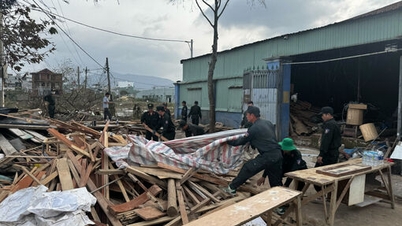










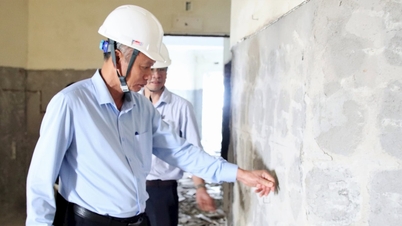
















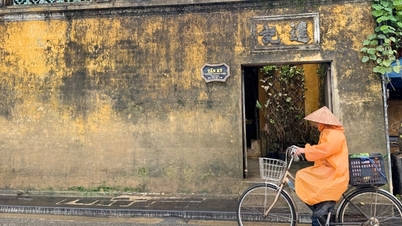





































![[Photo] Opening of the 28th Session of the Hanoi People's Council](https://vphoto.vietnam.vn/thumb/402x226/vietnam/resource/IMAGE/2025/11/26/1764155991133_image.jpeg)















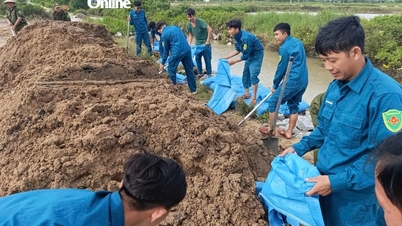













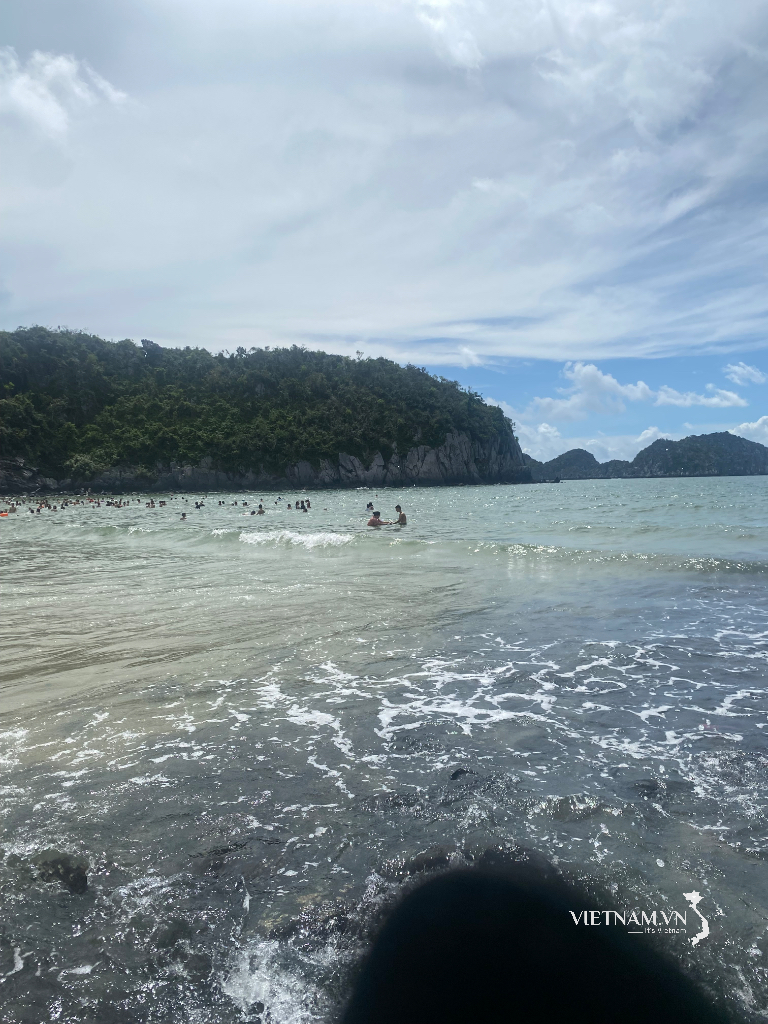
Comment (0)